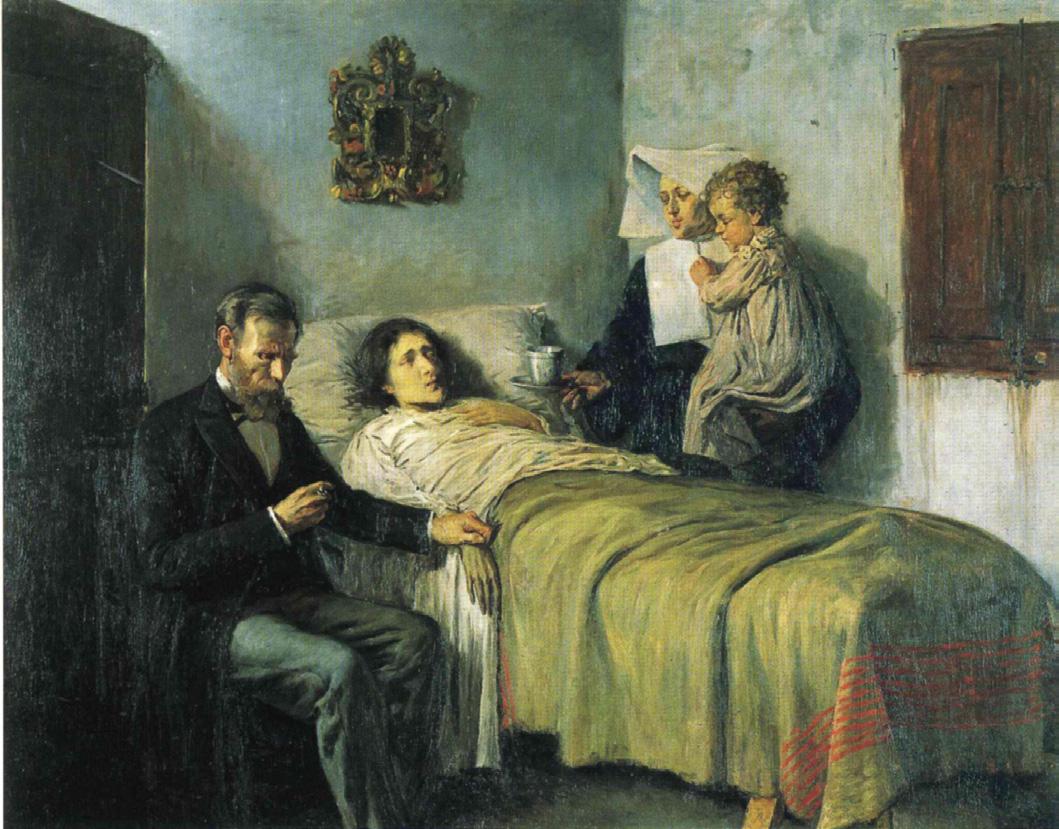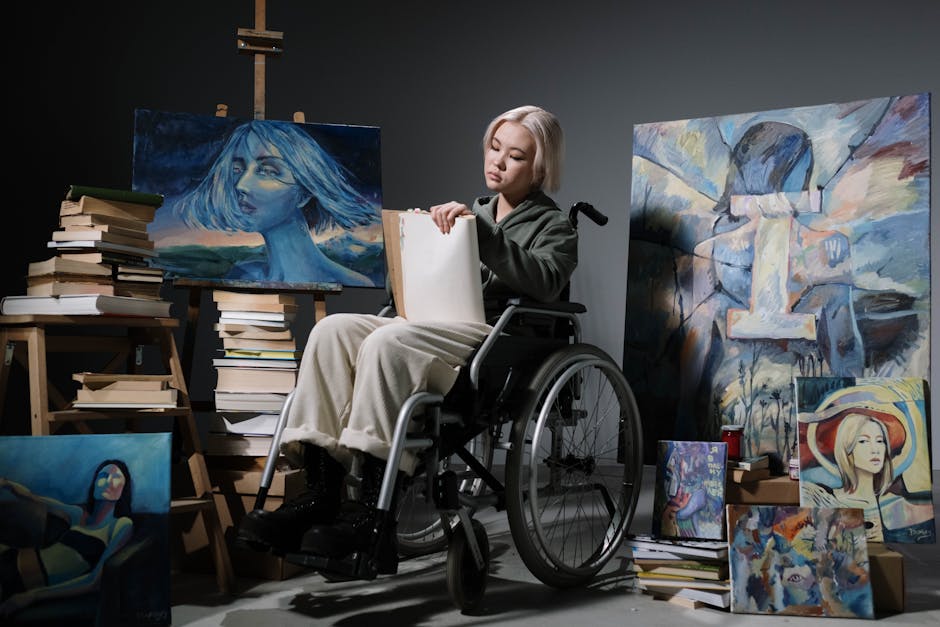Portraiture has evolved from religious depictions to a diverse collection of human expression. This transformation mirrors societal shifts, capturing the essence of each era through art. Portraits reflect not just faces but also the stories and emotions that define us.
Historical Evolution of Portraiture
During the Middle Ages, portraiture was primarily limited to religious institutions. The Renaissance brought a shift from glorifying the divine to celebrating humanity, with masters like Leonardo da Vinci leading the way. Portraits became symbolic keys to immortality, capturing both faces and individual essence.
The baroque period introduced vibrancy and energy, with rich, dark hues telling tales of opulence and depth. Artists like Rembrandt brought texture and emotion to their work, crafting scenes of intensity. Baroque portraits often depicted subjects in ornate garb against dynamic backgrounds, blending personal stories with theatrical flair.
Romanticism turned portraiture into a refuge for sentiment and introspection. Artists painted mankind as both dreamer and seeker, often set against nature's grandeur. Caspar David Friedrich's solitary figures reflected the philosophical musings and longing for transcendence that characterized this period.
Realism grounded art in the everyday, capturing the essence of ordinary life. It demonstrated that true beauty often lay in authenticity rather than idealization. These movements revealed society's shifting perceptions of humanity, each new style pulling back another layer of our complicated existence.
Today, portraiture embraces both digital and traditional methods. While technology has transformed how we capture likenesses, the essence remains. Portraiture continues to reflect societal values, aspirations, and changing self-perceptions, serving as a mirror to our age.

Portraits as Cultural Time Capsules
Portraits serve as historical records, offering insights into the values, fashion, and social norms of bygone eras. From the opulent attire of baroque subjects to the humble garb captured by realist painters, each portrait is a snapshot of its time.
Fashion in portraits is particularly telling. The lace and corsets of a Rococo portrait convey a world of formality and grandeur, while the earth-toned overalls of a 19th-century laborer speak to a society that valued daily toil. These details become an anthropologist's tool, revealing the aspirations, trials, and triumphs of their subjects.
Beyond fashion, portraits reflect societal norms and shifting values. The Mona Lisa's enigmatic smile, for instance, represents a subtle but significant shift in how women were perceived during the Renaissance. Such works invite observers to ponder and question the cultural context of their creation.
By analyzing these works, we uncover stories of evolution from strict conformities to liberated expressions. Portraits bridge us to the past through a nuanced dialogue steeped in symbolism and emotion, shedding light on the broader cultural transformations that have shaped societies over time.
The Psychological Depth of Portraits
Artists use various techniques to convey the interiority of their subjects, transforming portraiture from mere depiction to a study of the human psyche. Color choices often act as an emotional palette, with warm hues suggesting vitality or passion, and cooler tones evoking melancholy or introspection. Vincent Van Gogh's self-portraits, with their swirling blues and vibrant yellows, exemplify this power of color to express emotion.
Lighting plays a crucial role in shaping perception. Soft, diffused lighting can lend an air of tranquility, while harsh, directional illumination might emphasize more dramatic aspects of character. Rembrandt's chiaroscuro technique draws viewers into a story of contrasts, highlighting the dualities within the human spirit.
Composition orchestrates the viewer's emotional journey. A subject's positioning, gestures, and perspective all contribute to the story. A direct gaze may create intimacy or confrontation, while a sideways glance might suggest mystery. In Edvard Munch's "The Scream," the swirling composition heightens the sense of existential dread.
These elements combine to create portraits that serve as mirrors of the sitter's deeper essence. The psychological dimension is why certain portraits linger in memory; they resonate on a level that transcends mere appearance, inviting us into the interior worlds of those immortalized within the frame.
Portraits in the Age of Photography and Selfies
Photography and digital media have redefined portraiture, presenting new challenges and opportunities. The immediacy of a photograph contrasts with the methodical creation of painted portraits, yet both explore human identity and expression.
The advent of photography democratized the art of capturing likenesses, making portrayals accessible to the masses. This led to a dialogue between photographic realism and artistic interpretation, as both painters and photographers sought to capture the essence of their subjects.
In the age of selfies, self-portraiture has become ubiquitous and instant. While selfies enable individuals to author their own visual stories, they've raised questions about authenticity and depth. Do these curated glimpses reflect genuine identity, or do they mask it behind digital enhancement?
Modern portraiture often blends traditional and contemporary techniques. Painted works may use photography as reference, while photographs emulate painted scenes. Technology offers new tools to convey depth and insight, expanding creative possibilities rather than replacing traditional methods.
Whether through a photograph, painted brushstroke, or selfie, portraiture remains a form of cultural commentary. It reflects advancements, introspection, and societal change, bridging our digitally-captured present with tradition's painted past.
Portraits as Catalysts for Social Change
Portraits have often challenged societal norms and ignited cultural conversations. The Harlem Renaissance saw Black artists like James Van Der Zee using portraiture to redefine African American identity, contradicting racist stereotypes and showcasing a dignified community.
Frida Kahlo's self-portraits explored themes of identity, gender, and post-colonialism. Her raw honesty challenged Western beauty standards and patriarchal constraints, inspiring future generations to confront and express their own truths through art.
Contemporary artists continue to use portraiture for social discourse. Kehinde Wiley reimagines classical European portrait styles with Black subjects, challenging traditional notions of power and representation. His work prompts viewers to reassess historical accounts and recognize the beauty within previously excluded demographics.
Digital platforms have democratized the creation and sharing of portraits, leading to a proliferation of diverse voices and perspectives. Social media allows individuals to share images that illustrate varied experiences and identities, promoting inclusivity and challenging monolithic narratives.
Portraits thus serve as catalysts for change, urging viewers to engage critically with the world around them. Through strategic portrayal of subjects, artists elicit empathy and understanding, pushing cultural boundaries and contributing to societal evolution.

Portraits offer profound accounts of humanity, inviting us to reflect on our shared journey. Through each image, they remind us of the enduring quest to capture the spirit within.
- Turvey H. The Royal Photographic Society: Photography Competition. The Royal Photographic Society. 2023.
- Friedrich CD. Wanderer Above the Sea of Fog. Kunsthalle Hamburg. 1818.
- Eakins T. The Gross Clinic. Philadelphia Museum of Art. 1875.
- Munch E. The Scream. National Gallery, Oslo. 1893.
- Da Vinci L. Mona Lisa. Louvre Museum, Paris. 1503.























